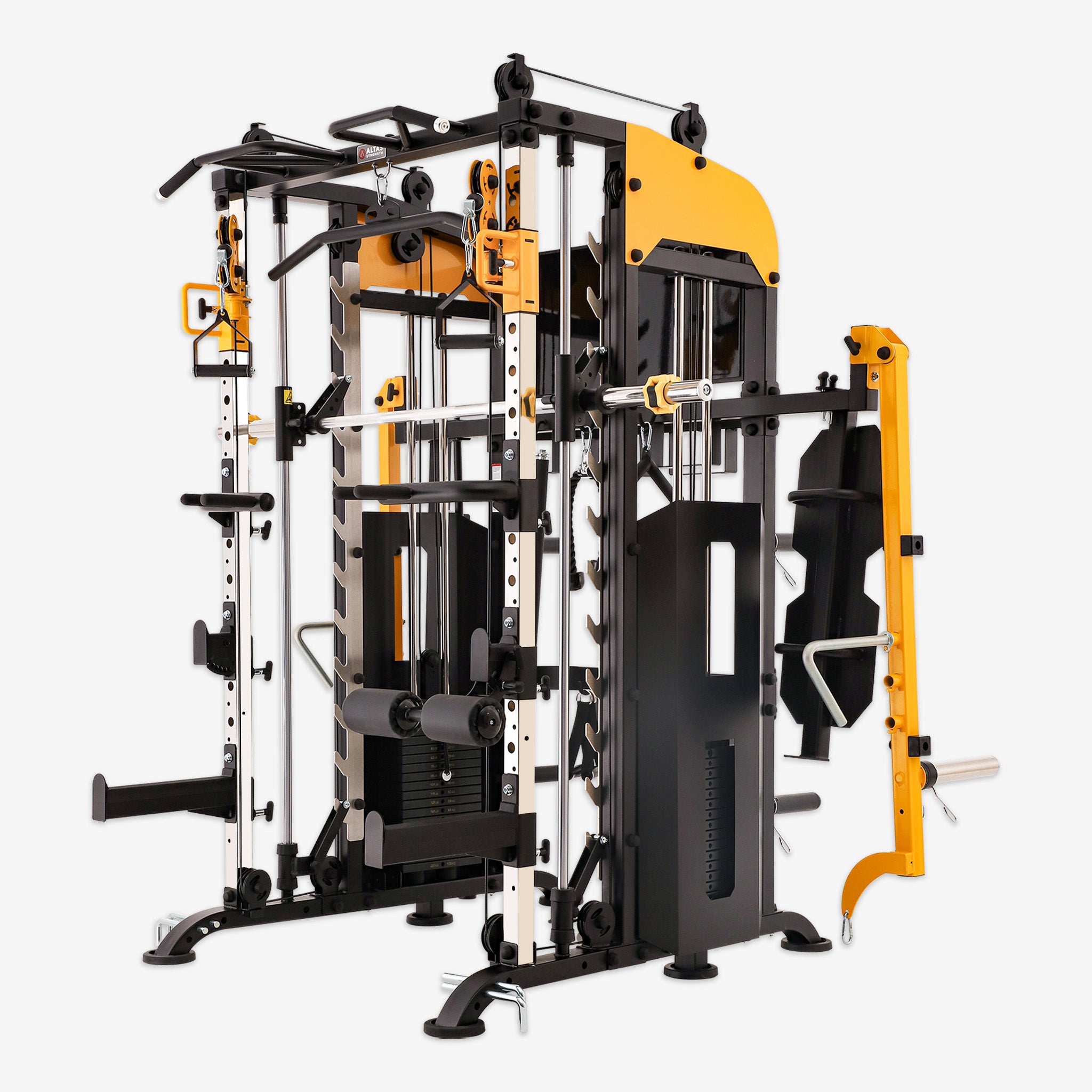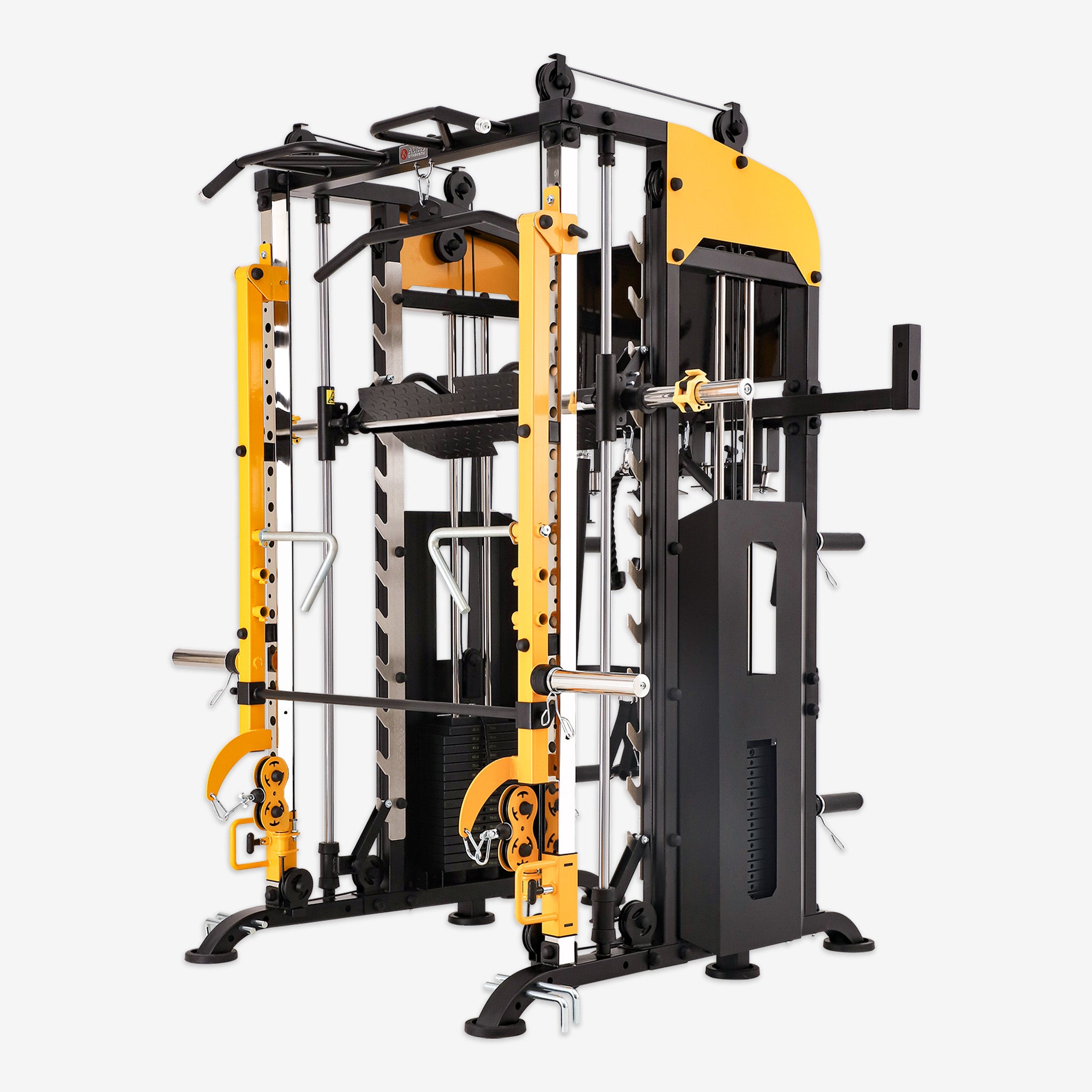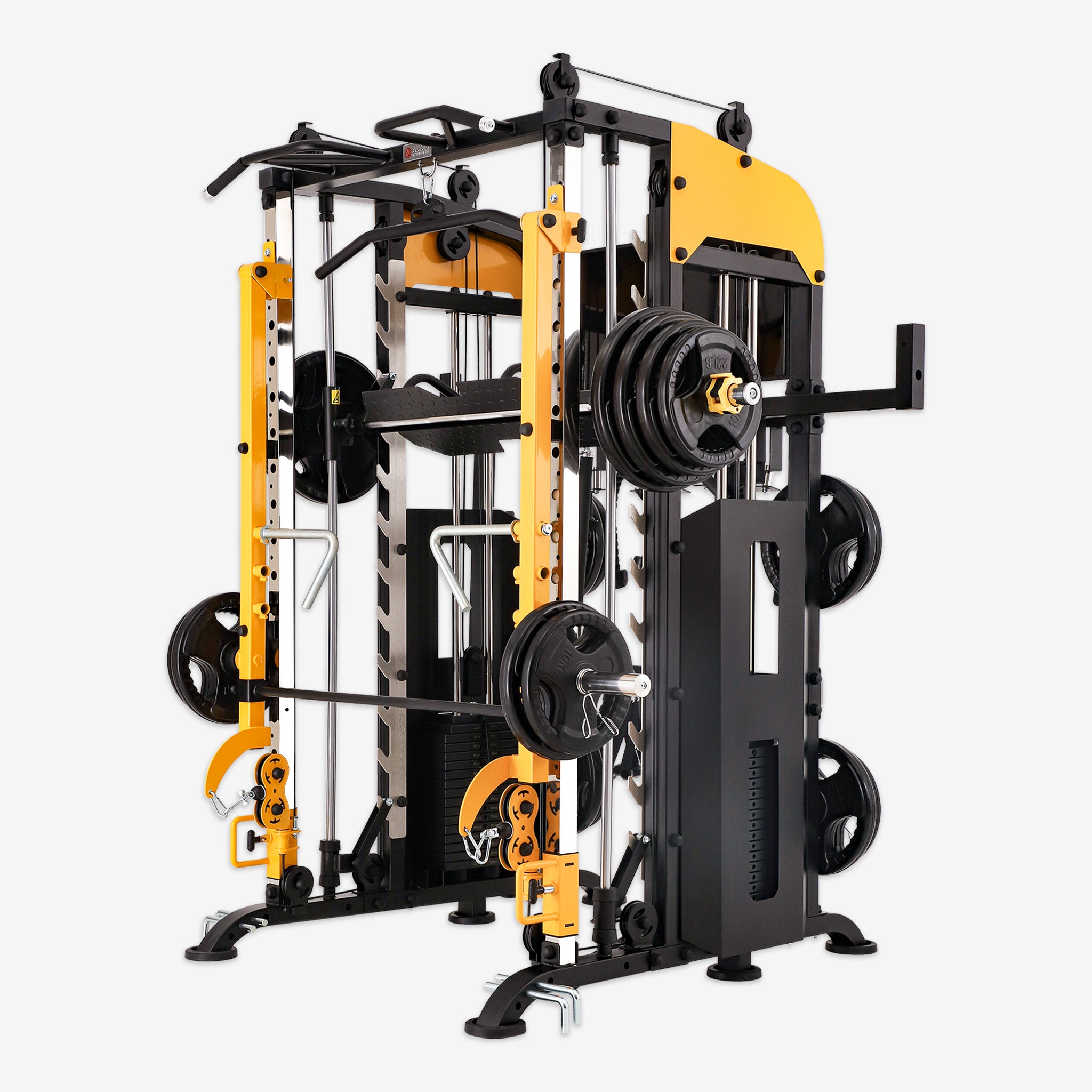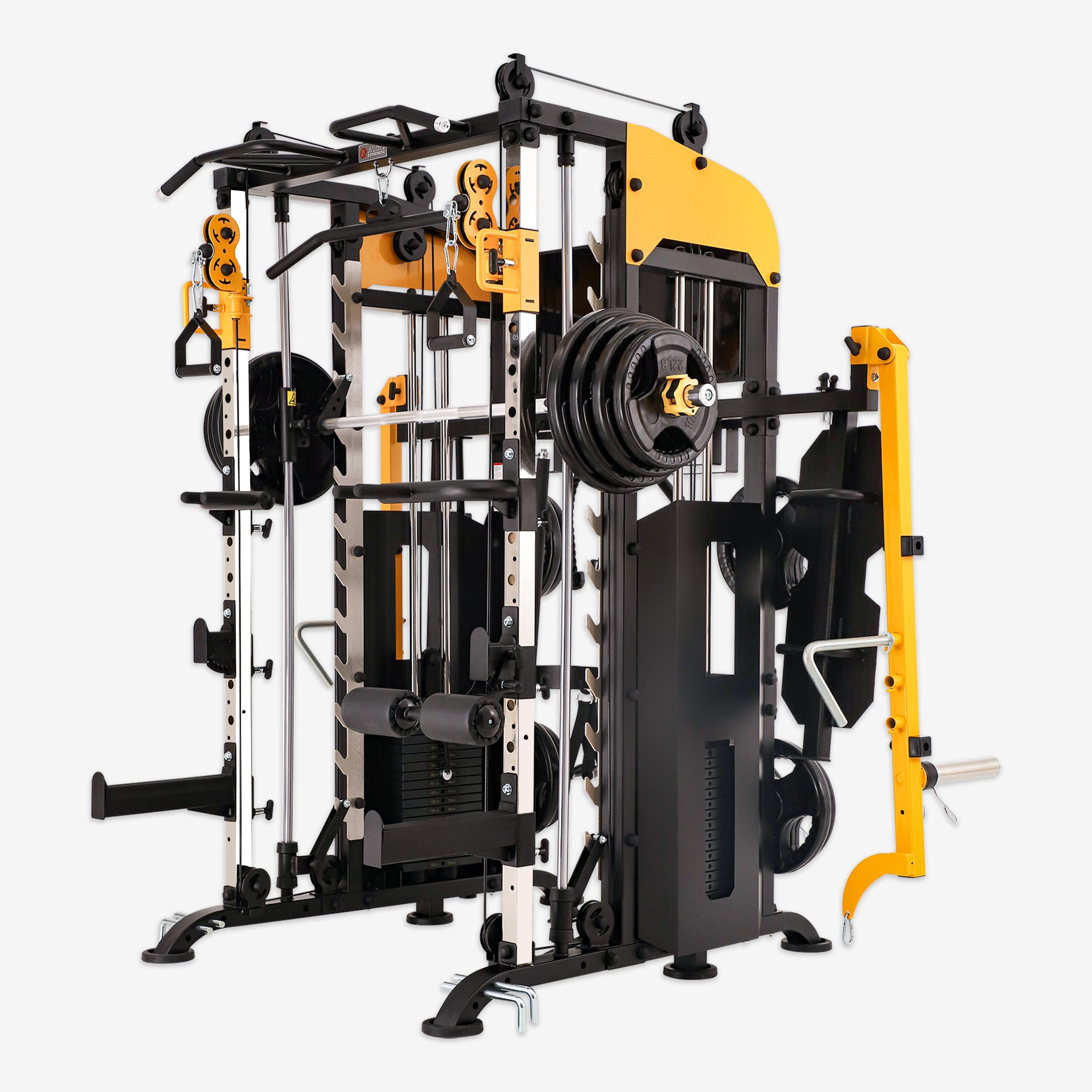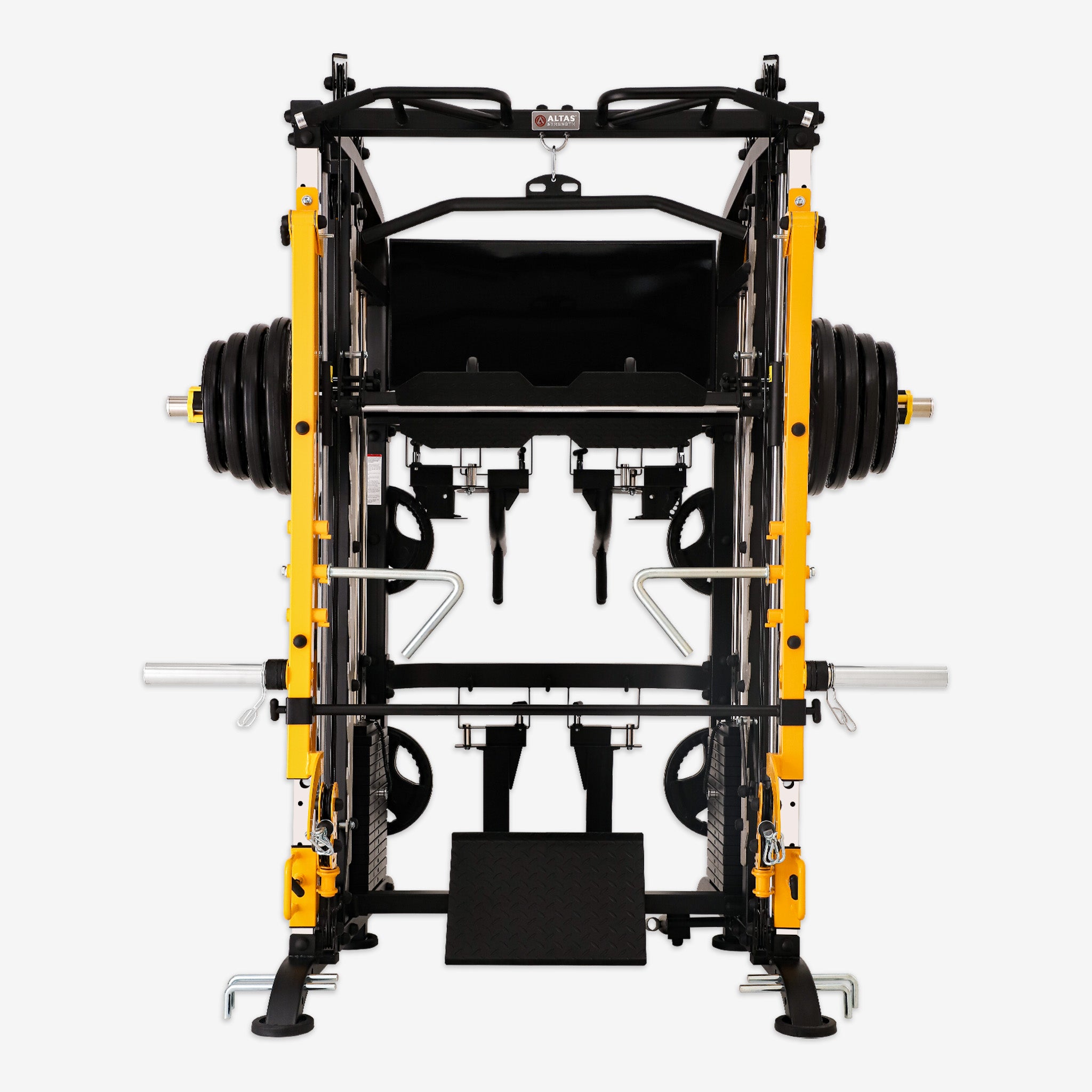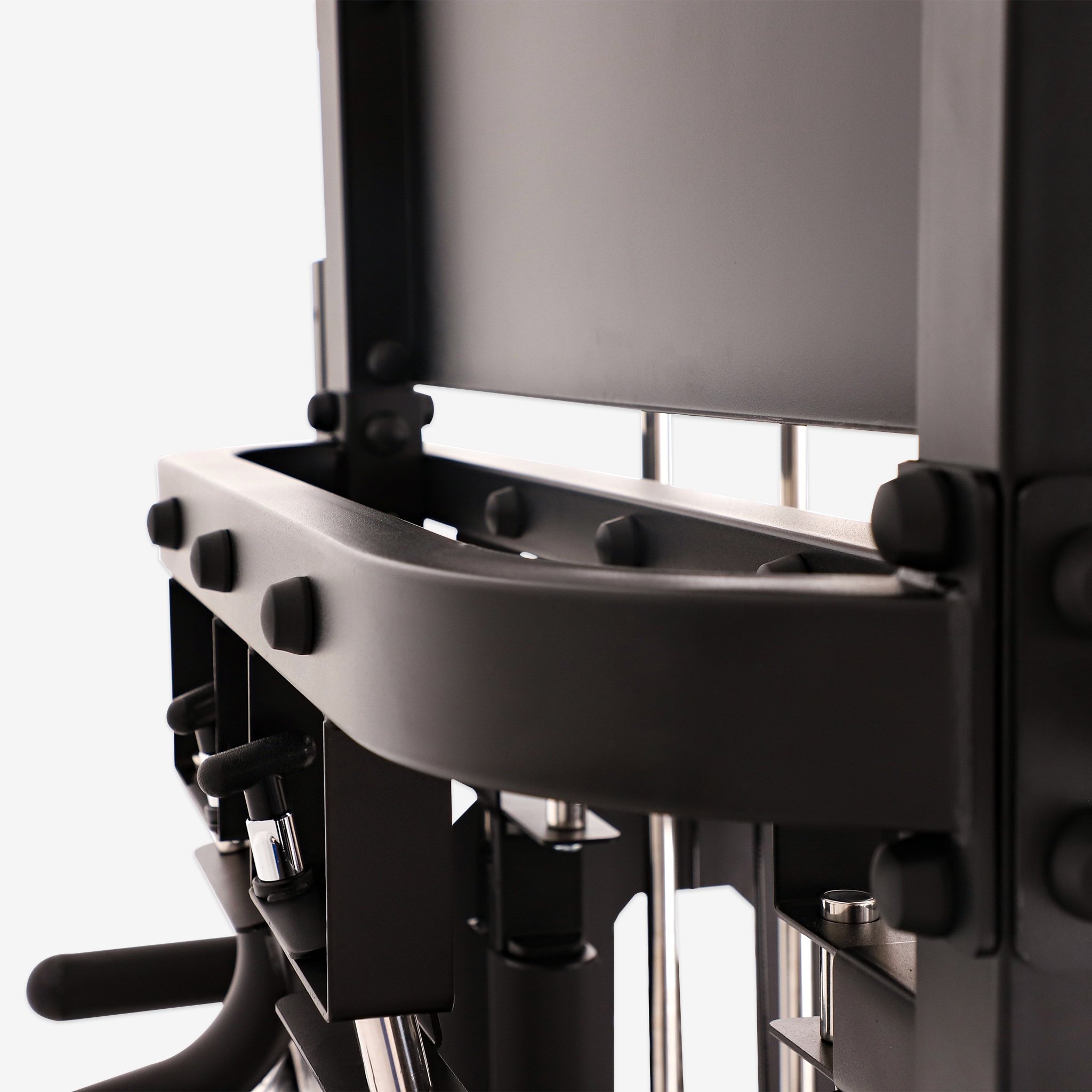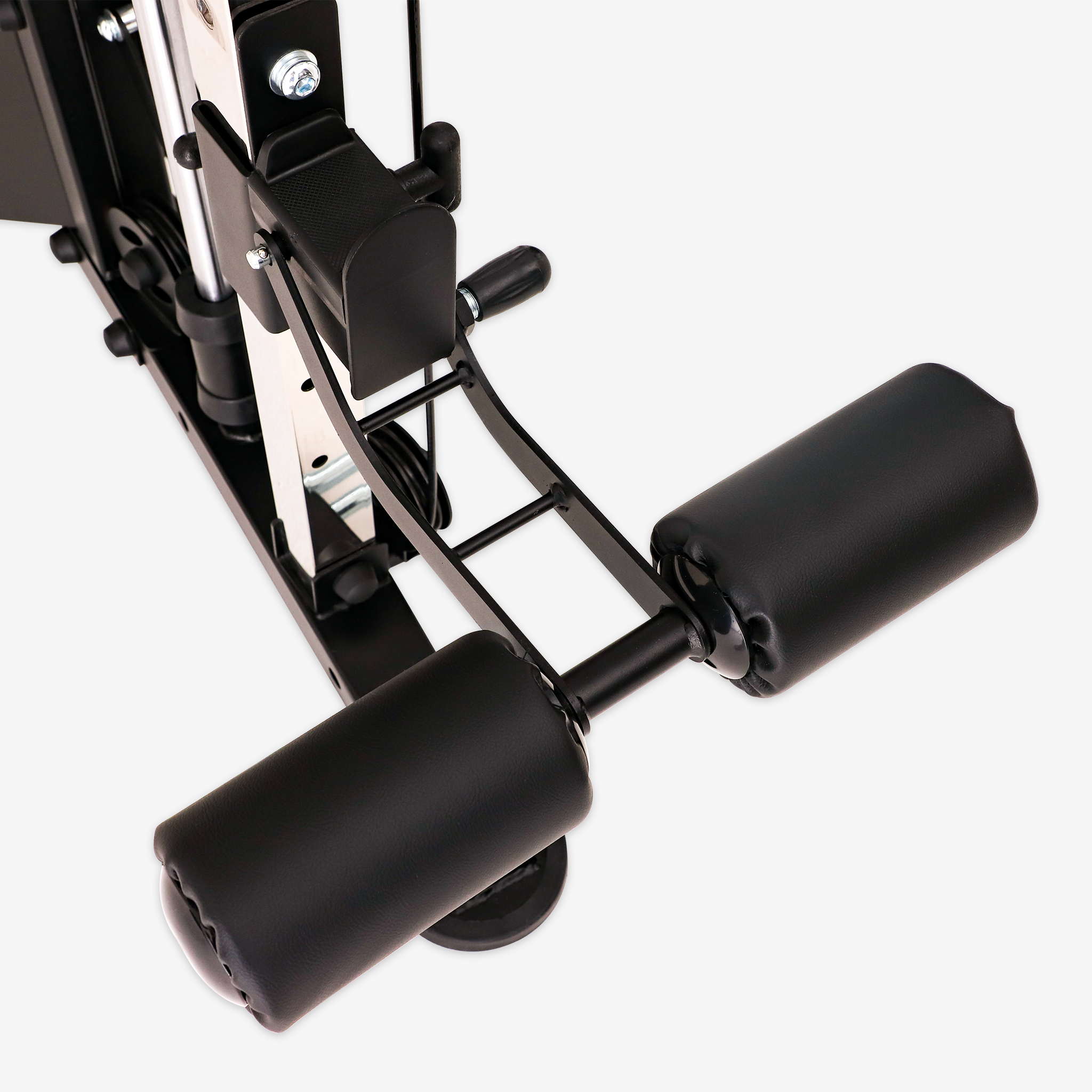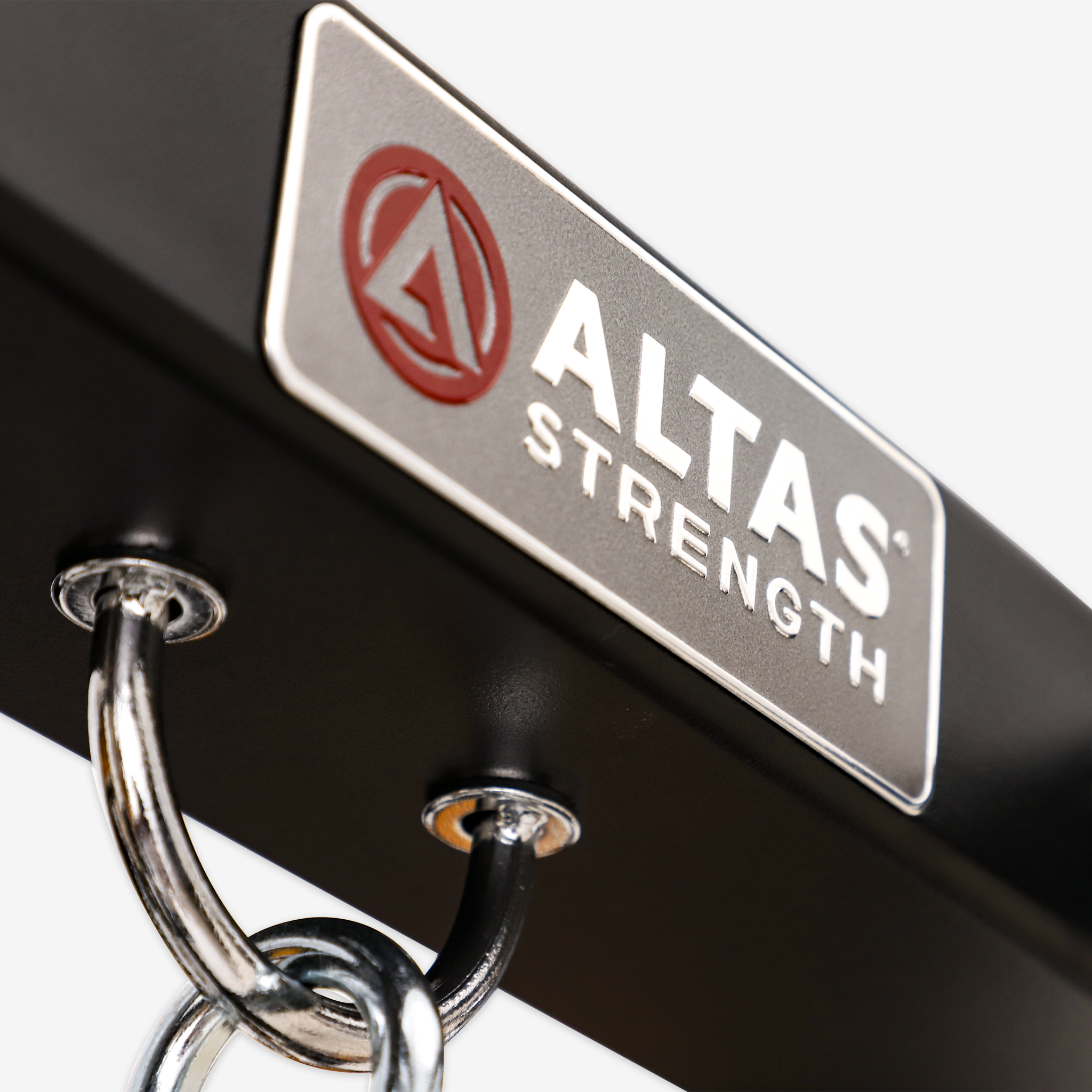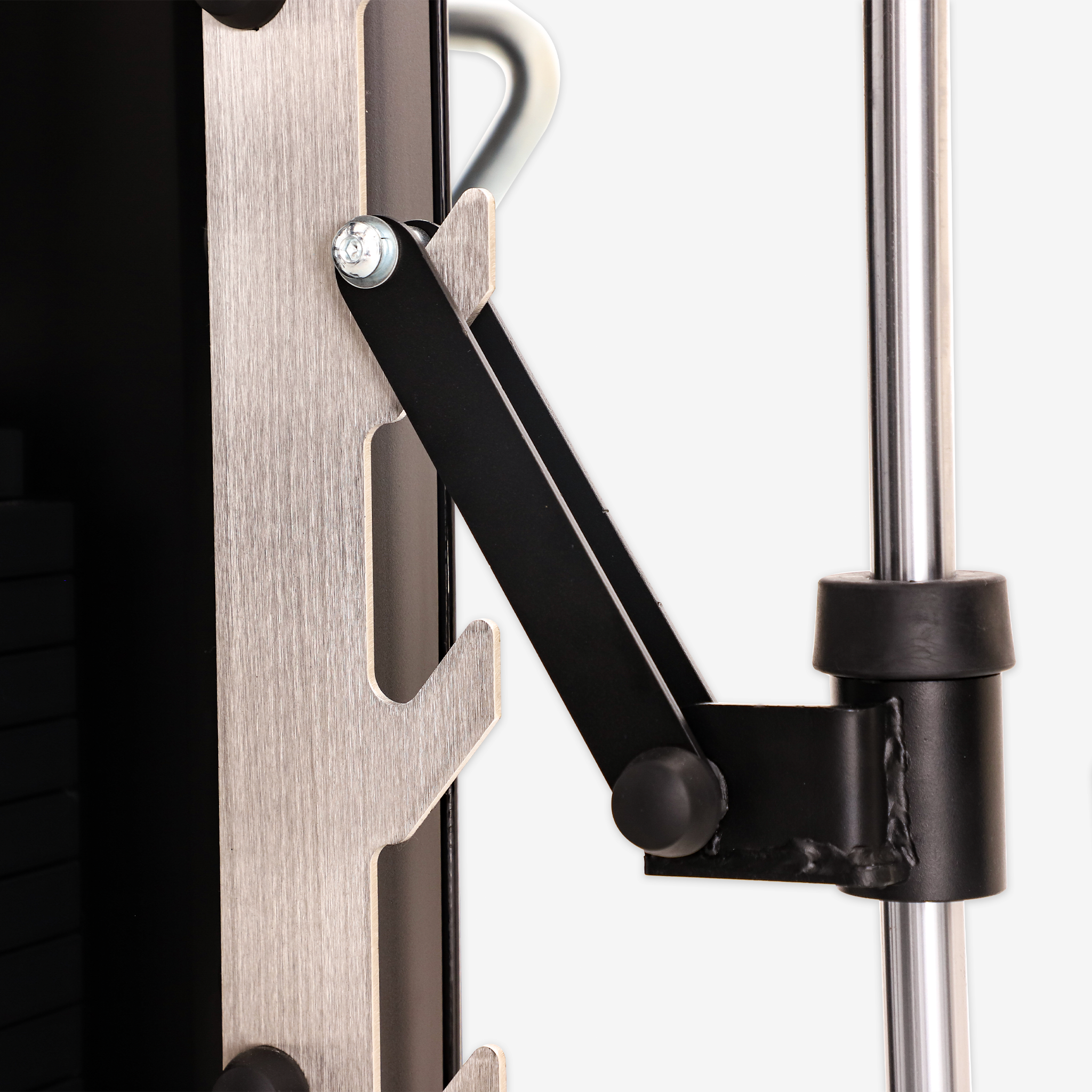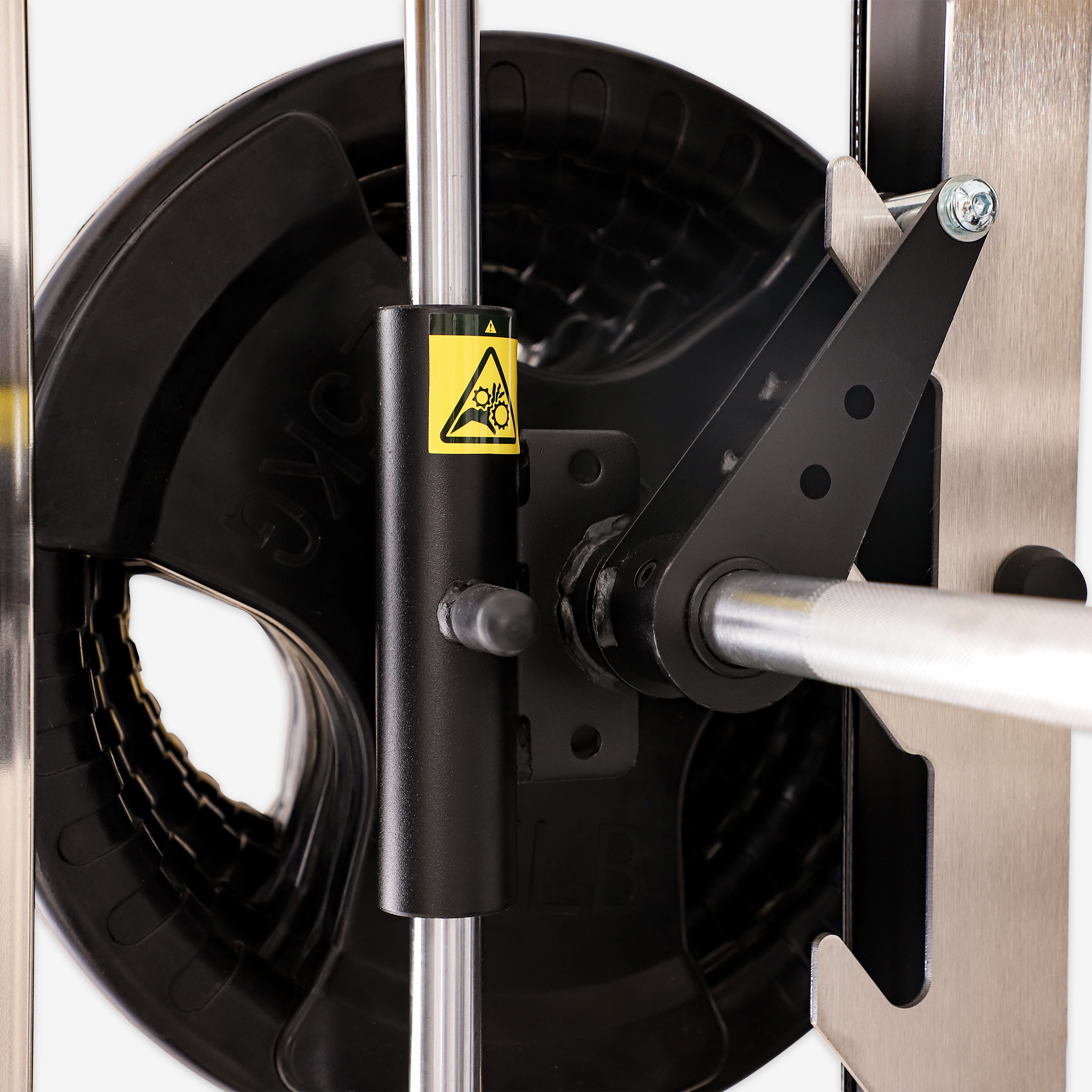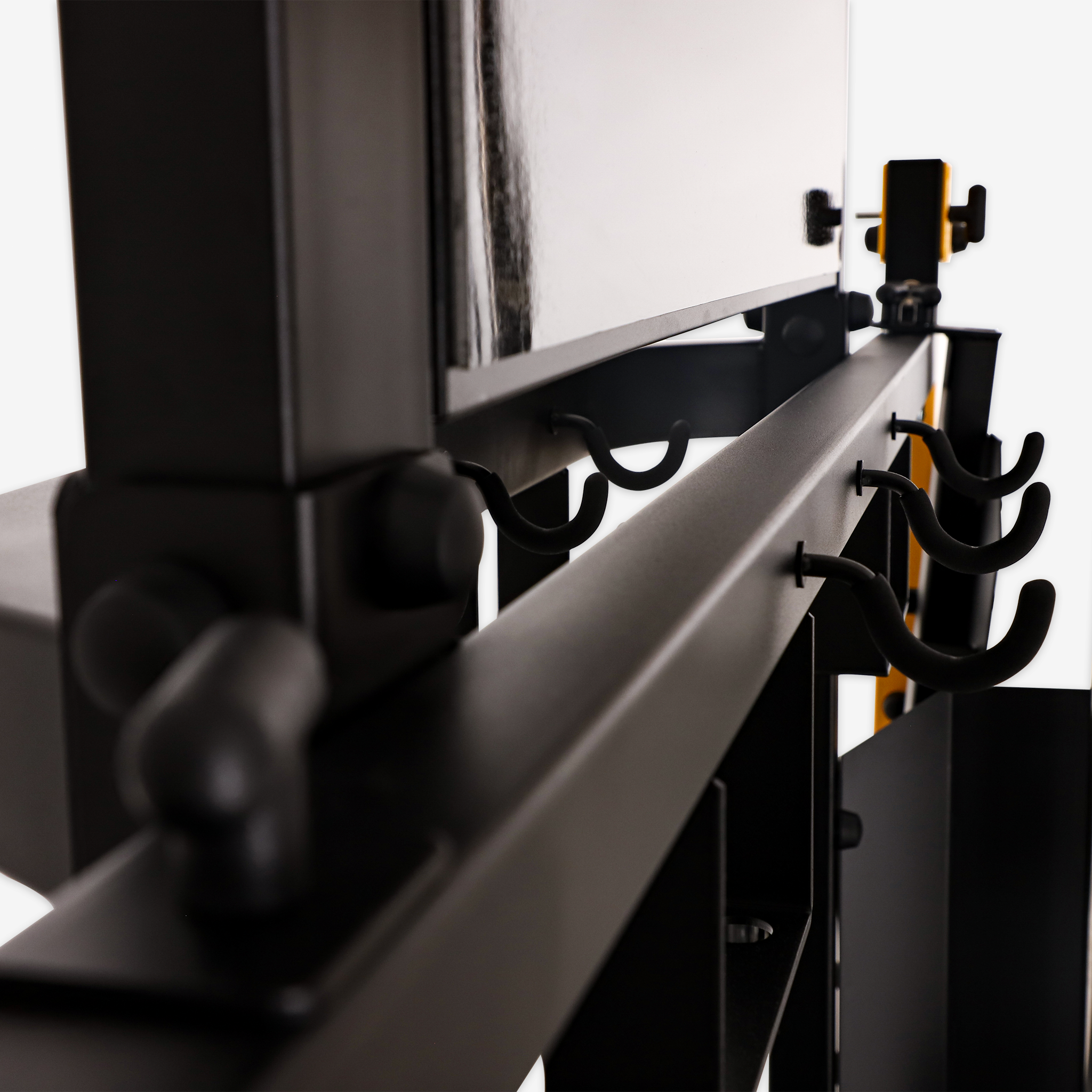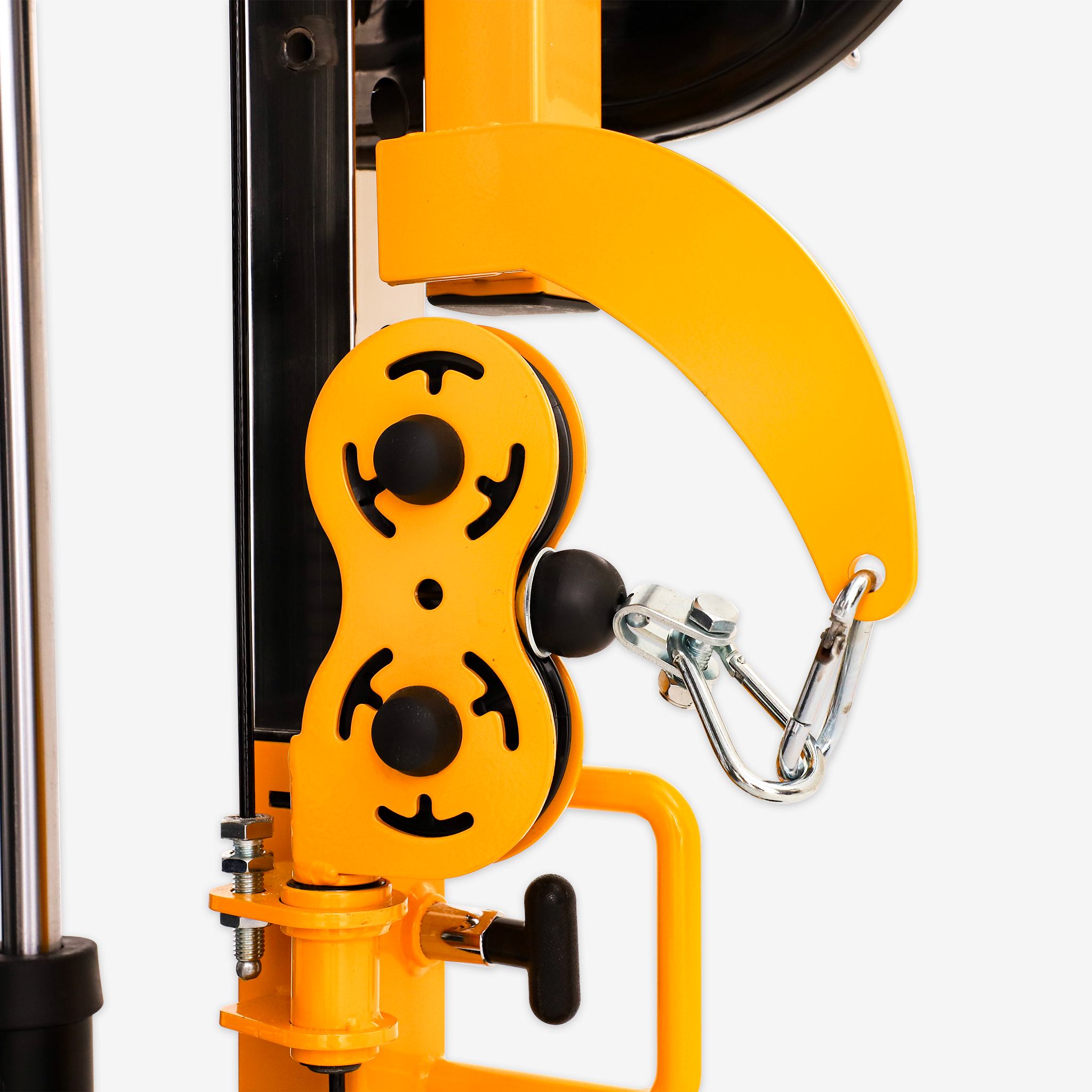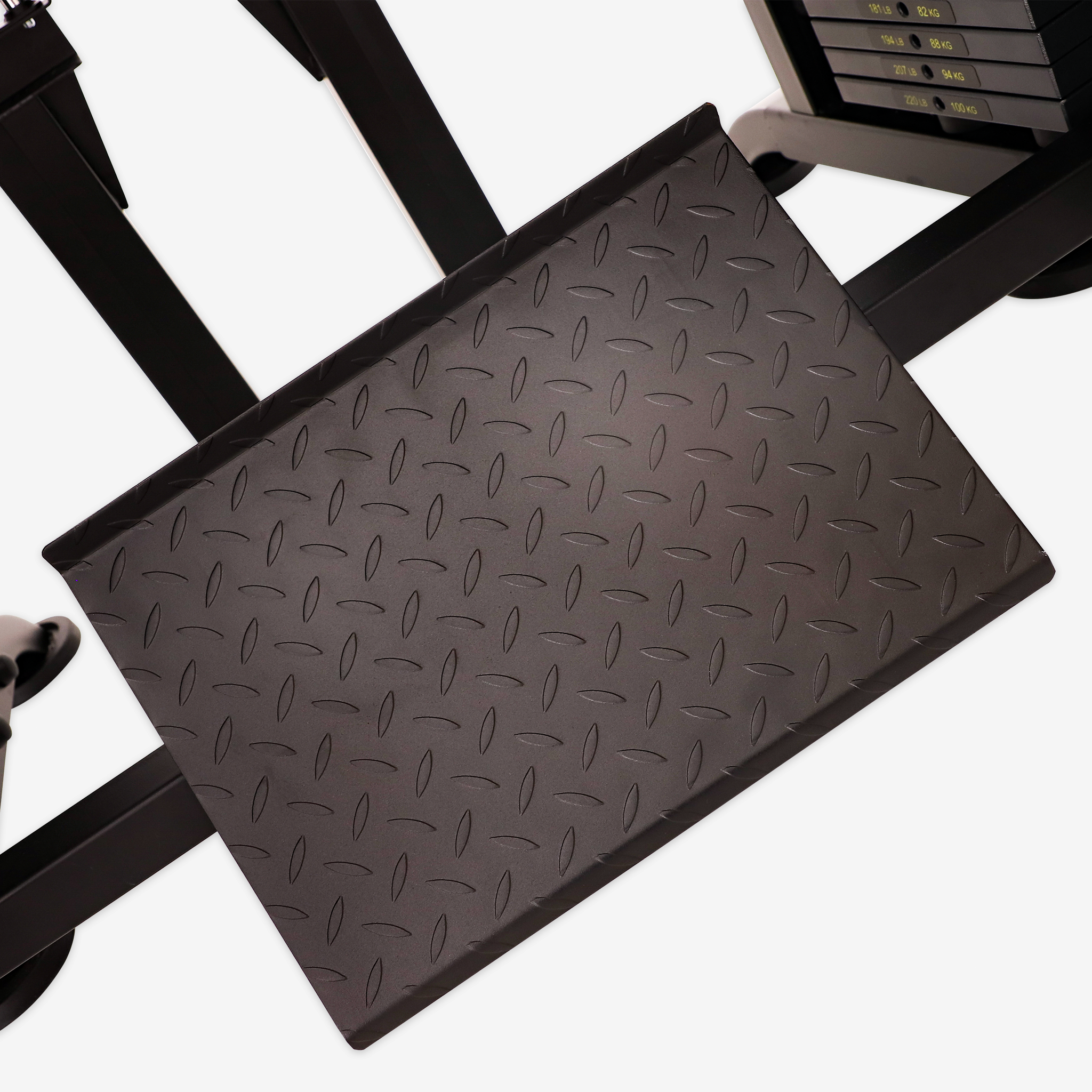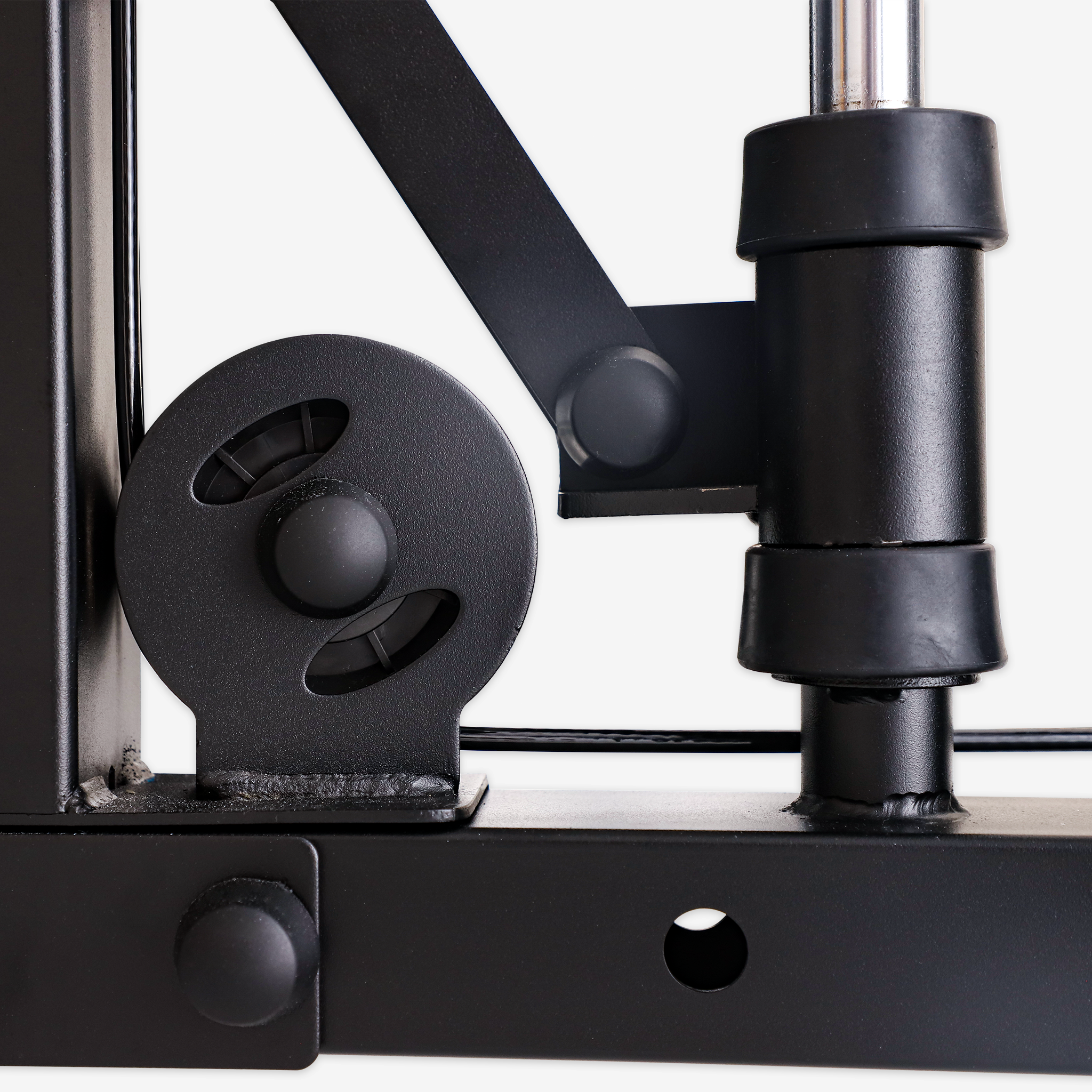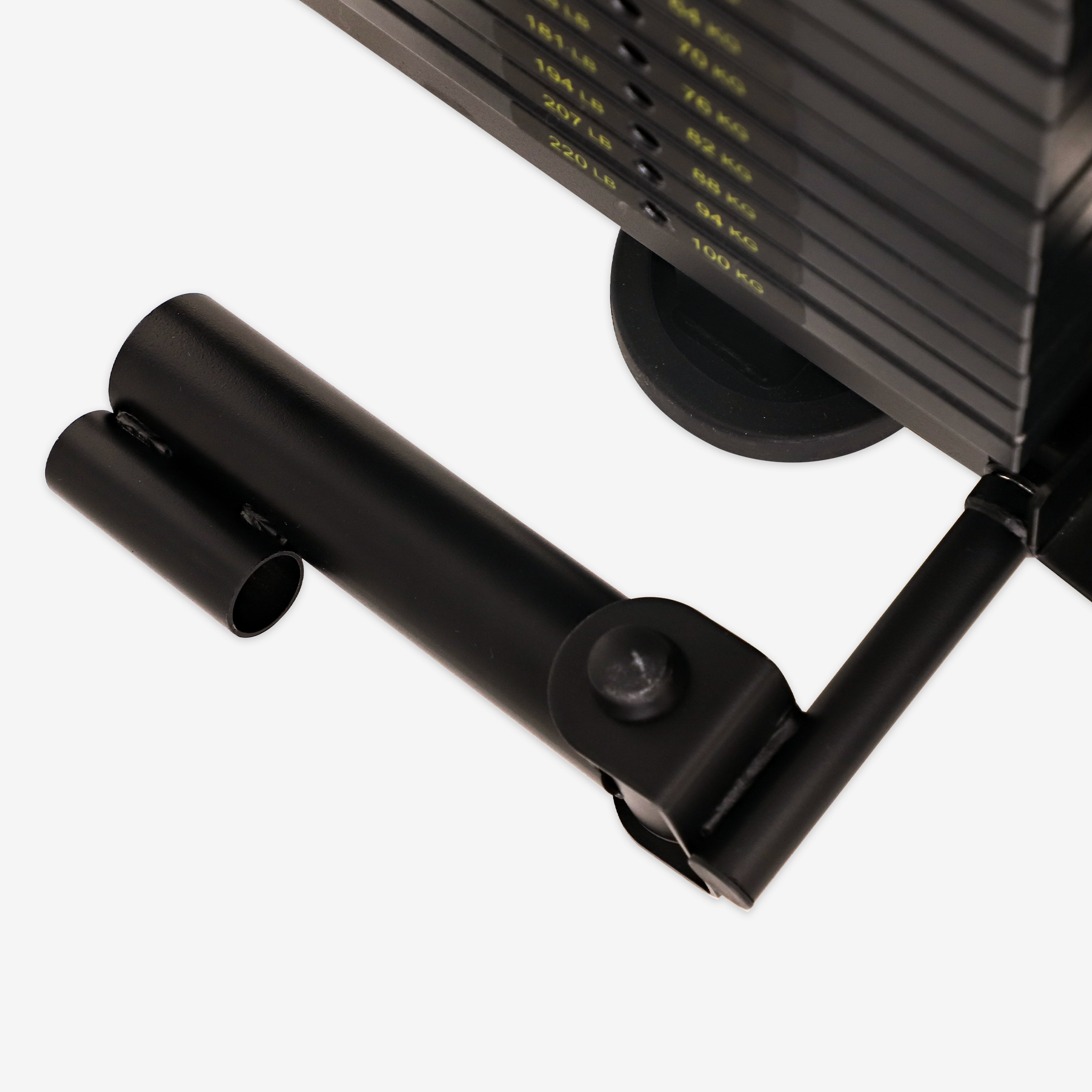The Romanian deadlift is a fundamental exercise for targeting the lower back, glutes, and hamstrings, enhancing lower body strength and flexibility. Traditionally performed with free weights like barbells or dumbbells, the Romanian deadlift has found a new ally in the Smith machine. This article explores the benefits of using the Smith machine for Romanian deadlifts and provides detailed techniques for effective execution.
1. Advantages of the Smith Machine
-
Increased Stability: The Smith machine’s fixed movement path offers greater stability, making it ideal for beginners or those seeking more control during exercises. Unlike free-weight Romanian deadlifts, which require balance and coordination, the Smith machine stabilizes the bar, allowing you to focus on hip movement and muscle engagement without worrying about front-to-back balance.
-
Reduced Risk of Injury: The fixed path of the Smith machine helps maintain proper form, reducing the risk of injury to the lower back or knees. It’s particularly beneficial for individuals with lower back issues or those undergoing rehabilitation, providing a safer way to perform Romanian deadlifts.
-
Better Muscle Isolation: The design of the Smith machine allows for concentrated muscle engagement. During Romanian deadlifts, the Smith machine helps isolate the glutes and hamstrings more effectively, as it eliminates the need to balance free weights. This results in better muscle stimulation and a more focused workout.
2. Techniques for Romanian Deadlifts on the Smith Machine
Proper technique is crucial for maximizing the benefits of Smith machine Romanian deadlifts and preventing injury:
-
Stance and Grip Width: Stand with your feet shoulder-width apart and grip the bar slightly wider than shoulder-width. Keep your body neutral, aligning your head with your spine to avoid excessive tilting.
-
Maintain a Slight Knee Bend: While the Romanian deadlift doesn’t involve significant knee bending, a slight bend helps reduce lower back pressure and enhances hamstring engagement. Keep your knees stable throughout the movement.
-
Hip-Dominant Movement: Focus on hip extension and flexion. As you lower the bar, move your hips backward, keeping your back straight and chest up. Stop when you feel a strong stretch in your hamstrings, then use your glutes to return to the starting position.
-
Control Your Speed: Move slowly during the exercise, particularly when lowering the bar. This controlled descent enhances muscle engagement and prevents rushing through the movement. Ascend steadily without jerking the bar.
-
Avoid Excessive Weights: Despite the Smith machine’s stability, avoid overloading it with heavy weights. Start with lighter loads and gradually increase the weight while ensuring correct form to prevent lower back injury.
3. How to Incorporate Smith Machine Romanian Deadlifts into Your Training Plan
-
Warm-Up and Activation: Begin with a thorough warm-up, targeting the hamstrings, glutes, and lower back with dynamic stretches and activation exercises like glute bridges and cat-cow stretches to prevent strains.
-
Pairing with Other Exercises: Combine Romanian deadlifts with exercises that target the anterior chain, such as squats or leg presses, for a balanced lower body workout. Include core exercises like planks to improve stability and support proper form.
-
Training Frequency: Perform Smith machine Romanian deadlifts 1-2 times per week, adjusting based on your goals. If focusing on hamstring strength and endurance, incorporate them regularly into your leg day routine, gradually increasing sets and reps.
Conclusion
Smith machine Romanian deadlifts offer enhanced stability, reduced injury risk, and improved muscle isolation, making them a valuable addition to your lower body workout. For those seeking to master proper form or rehabilitate from injury, the Smith machine is an excellent tool. However, combining Smith machine deadlifts with free-weight versions over time will ensure a well-rounded development. With correct technique and a strategic training plan, you can significantly improve your lower body strength and flexibility.

